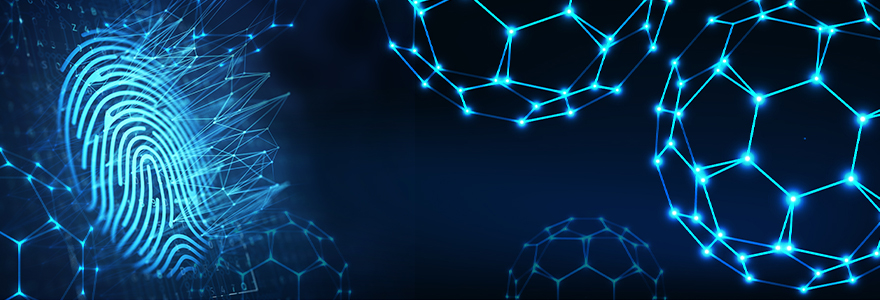Fingerprinting the Stars

For centuries humanity has evoked the stars in our sky as the ultimate destination. Our most cherished celebrities are stars, hotels and restaurants are measured in stars, and classroom posters tell us to “reach for the stars” – insinuating that failure in our most ambitious endeavours will still result in meaningful achievement. But the stars are not as quite far away as we might think – or at least parts of them aren’t. The fact that we can even see them with the naked eye means that their light is reaching us, and in no small amount. The tiny pinpricks are full of information – they guided navigators centuries ago, and today, with modern instrumentation, they can tell us the story of our universe.
“While it may seem unbelievable, by the time starlight reaches our telescopes, it is full of data about the chemical composition of planets, nebulae, and galaxies,” says Jan Cami of the Department of Physics and Astronomy at Western University. Jan and his research group analyze the light emitted by stars to figure out what kinds of molecules make up our universe. “As the starlight passes through the clouds of space dust, it holds on to the signature – or fingerprint – of the chemical compounds it encounters,” explains Cami. A light shone through a prism will break up into seven well-known colour bands; when it passes through a cloud of gas, certain bands will be absorbed by the gas and end up missing from the rainbow. Specific chemical compounds correspond to these wavelengths of light missing from the rainbow, meaning that Cami’s group can characterize what lies between us and the stars.
“Once we know what chemicals are present in these space clouds, we will have a better idea of the building blocks for different celestial bodies,” says Cami. The gases and clouds through which starlight passes eventually condense and cool into planets, stars, solar systems, and galaxies. In addition to the fingerprints of many known compounds in space, like iron and carbon dioxide, there are hundreds of unknown fingerprints which we can observe in the light that passes through the interstellar medium – the space between stars. These mysterious missing colour bands, called diffuse interstellar bands – DIBs for short, were discovered over a century ago. We now know of hundreds of DIBs but almost all of them remain unidentified.
“Ten years ago we discovered that one of the fingerprints corresponded to a chemical structure called a buckyball; the first time a buckyball had ever been observed in space,” tells Cami. The buckyballs first seen by Cami have since been found in every outer space environment imaginable: dying stars, young stars, interstellar clouds, and forming planets. Characterizing the DIBs and learning more about buckyballs is giving Cami and his colleagues ground-breaking information about star formation and galaxy evolution, and perhaps also into the chemical complexity delivered to the early Earth, possibly influencing the origin of life. The unique properties of the chemical compounds in space are what determine the massive structures viewed through our bedroom telescopes, all the way to the very borders of the universe. As Cami and his group continue their mission to identify the molecules that make up outer space, it is the gentle light of stars that will continue to illuminate their path.

